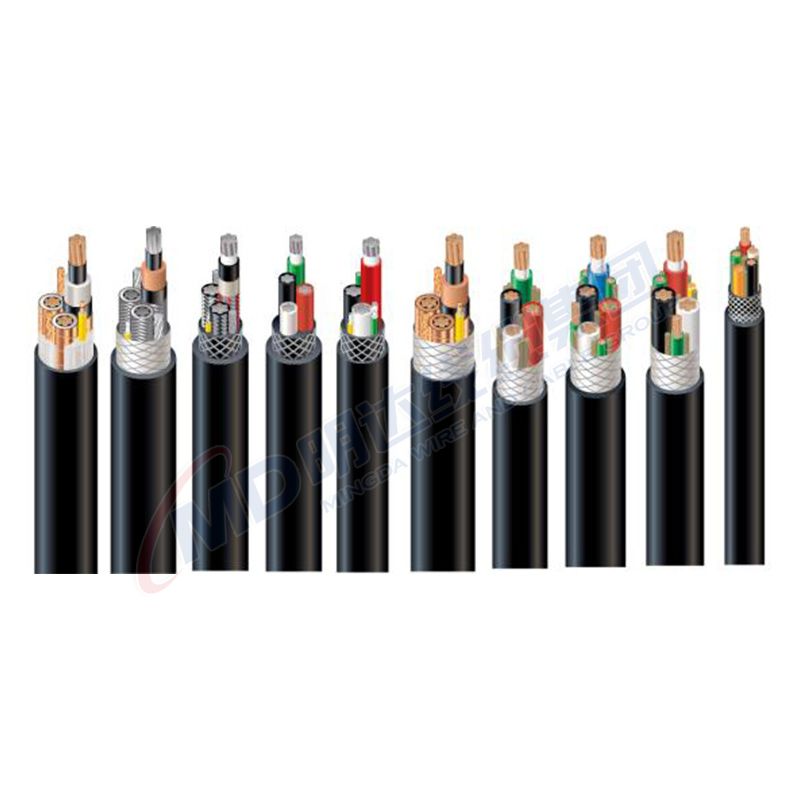ഡിസം . 29, 2024 13:43 Back to list
Flexible Rubber Joint for Double Sphere Union Applications in Various Industries
Understanding Double Sphere Union Type Rubber Joints
In modern engineering and piping systems, the quality and reliability of joints are crucial for efficient operation. Among the various joint types, the double sphere union type rubber joint has gained significant popularity due to its unique design and functional benefits. This article aims to explore the characteristics, applications, and advantages of double sphere union type rubber joints.
What is a Double Sphere Union Type Rubber Joint?
A double sphere union type rubber joint is a flexible connection piece designed to accommodate angular deflections and vibrations in piping systems. Typically made from high-quality rubber materials, these joints consist of a central spherical rubber body with flanged ends that facilitate easy connections to pipes or other equipment. The unique double-sphere design allows for movement along multiple axes, making it particularly suited for complex piping arrangements.
Key Features
1. Flexibility and Movement The primary advantage of a double sphere union type rubber joint is its ability to absorb and compensate for both axial and lateral movements. This is critical in systems where thermal expansion and contraction are significant.
2. Vibration Dampening These joints excel in isolating and reducing vibrations transmitted through piping systems. This capability helps prolong the life of connected equipment and minimizes wear and tear.
3. Corrosion and Chemical Resistance Rubber materials can be formulated to resist various chemicals and corrosive substances, making them ideal for diverse industrial applications. This property ensures longevity and reliability even in harsh environments.
4. Easy Installation and Maintenance The design of double sphere union rubber joints allows for straightforward installation due to their flanged ends. Moreover, maintenance is simplified because these joints can be easily removed and replaced without the need for extensive disassembly of the piping system.
5. Cost-Effectiveness Compared to metallic joints or other rigid connection types, rubber joints tend to be more economical. Their ability to reduce maintenance costs and downtime adds to their overall cost-effectiveness in long-term applications.
double sphere union type rubber joint

Applications
Double sphere union type rubber joints are utilized across various industries due to their versatility. Some common applications include
- Water Treatment Plants These joints are often found in the piping systems of water treatment facilities, where flexibility is needed to accommodate changing water levels and pressure fluctuations. - HVAC Systems In heating, ventilation, and air conditioning systems, these rubber joints help reduce sound transmission while allowing for movement caused by thermal expansion. - Pump Connections They are frequently used to connect pumps to pipelines, absorbing vibrations from the pump while accommodating misalignment. - Chemical Processing Their corrosion resistance makes them suitable in chemical plants, where they can handle aggressive fluids without compromising system integrity.
Advantages Over Traditional Joints
Compared to traditional rigid joints or connectors, double sphere union type rubber joints offer several benefits
- Enhanced Durability The ability to flex and adapt to changes in the system reduces stress on the piping, leading to improved durability and fewer failures.
- Improved Performance The isolation of vibrations enhances the performance of connected equipment, reducing maintenance costs and downtime.
- Versatility These joints can accommodate a wide range of pipe sizes and configurations, making them highly adaptable to different installation scenarios.
Conclusion
The double sphere union type rubber joint represents an innovative solution for modern piping systems. With their flexibility, vibration dampening capabilities, and ease of installation, they are invaluable in various industrial applications. As industries continue to seek efficient and reliable solutions for their piping systems, double sphere union rubber joints will undoubtedly play a vital role in achieving these objectives. As technology advances, we can expect further enhancements in material science and joint design, continuing to solidify the significance of rubber joints in engineering and construction fields.
Share
-
Reliable Wafer Type Butterfly Valves for Every IndustryNewsJul.25,2025
-
Reliable Flow Control Begins with the Right Ball Check ValveNewsJul.25,2025
-
Precision Flow Control Starts with Quality ValvesNewsJul.25,2025
-
Industrial Flow Control ReliabilityNewsJul.25,2025
-
Engineered for Efficiency Gate Valves That Power Industrial PerformanceNewsJul.25,2025
-
Empowering Infrastructure Through Quality ManufacturingNewsJul.25,2025